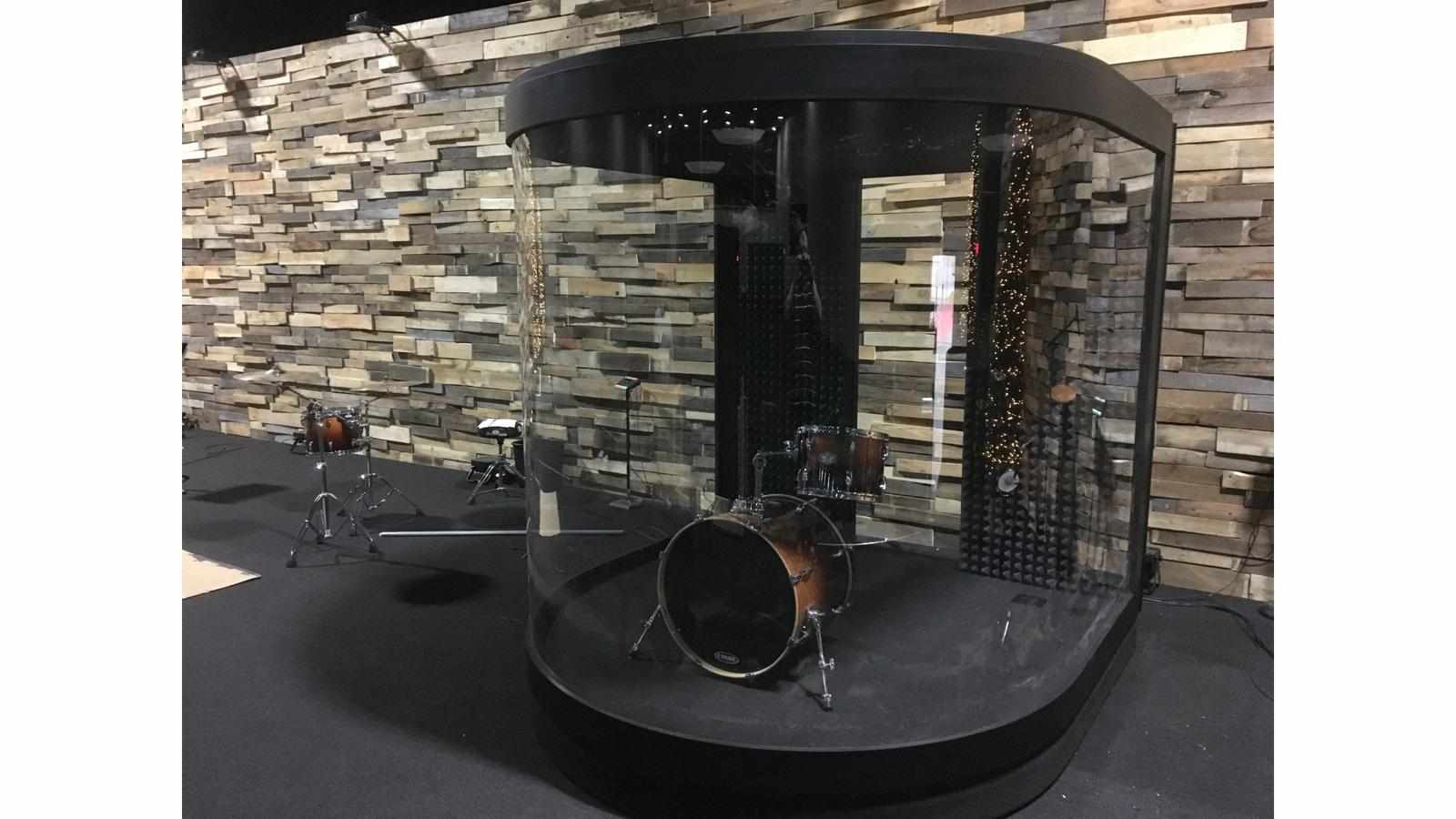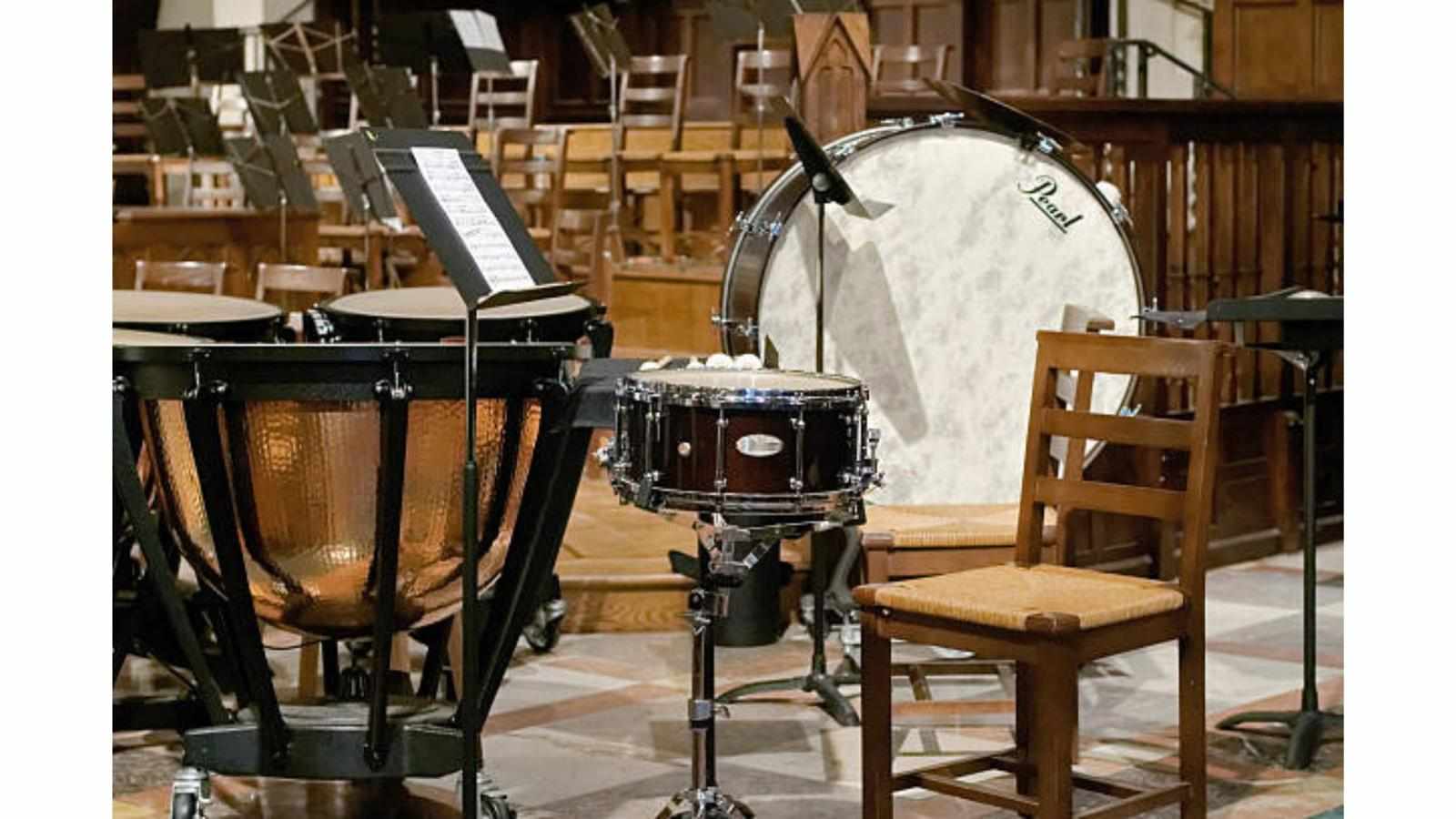
Getting the right drum sound can make or break a recording. And if you’re stuck between building a drum isolation booth or treating your existing room, you’re not alone. Both options help control sound, but they do it in different ways—and the choice really comes down to your needs, space, and budget.
Let’s break it all down so you can make the best call.
What’s a Drum Isolation Booth?
A drum isolation booth is a fully enclosed space designed to trap and control sound. It’s basically a mini recording room inside a room. These booths block external noise and stop your drum sound from bleeding into other mics or nearby rooms.
Drummers love these for tight control. You can crank the volume without disturbing the rest of the house—or the neighbors. The sound inside the booth is dry and isolated, which gives you a clean slate for mixing.
But here’s the thing: booths can feel a little boxy. Unless you treat the inside well, the reflections might sound harsh. You’ll need to add diffusers, bass traps, and absorbers to get that pro studio feel.
What About a Treated Room?
A treated room takes your existing space and improves its acoustics. You’ll use foam panels, bass traps, and diffusers to control reflections and absorb unwanted noise. It's a solid option for home studios or practice spaces that don’t need total isolation.
The vibe is more natural. Since the room isn’t fully enclosed like a drum isolation booth, your drums breathe a bit more. This setup works great for styles that benefit from room tone, like jazz or indie rock.
Plus, you can add a curved drum enclosure to your treated room. These enclosures help cut down direct sound and reduce bleed without boxing you in completely. A well-placed curved drum enclosure gives you some of the isolation benefits without killing the room’s character.
Which One Sounds Better?
That’s a trick question—it depends on the sound you want. A drum isolation booth gives you surgical control. You can record without worrying about external noise or mic bleed. It’s perfect for metal, pop, or any genre that needs punchy, processed drums.
On the flip side, a treated room with a curved drum enclosure gives you space to experiment. The room's natural reverb adds depth to your sound, and you’ll still keep some control over volume and reflections.
Final Thoughts
If you're working with a lot of outside noise or tight space, a drum isolation booth is worth the investment. But if you’ve got a decent-sized room and want a more open, live sound, go for acoustic treatment with the addition of a curved drum enclosure.
Both paths lead to better drum recordings—it just depends on how you want to get there.


Write a comment ...